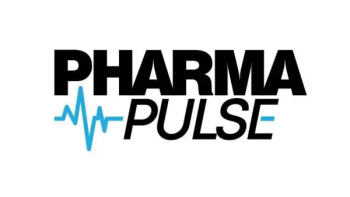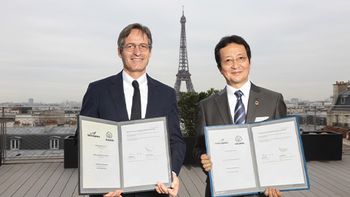
Cryoguard extends chemical temperature indicators into deep frozen
Stem cell, biotech demands call for colder storage and shipping conditions
Chemical indicators provide a reliable and relatively inexpensive means of monitoring the temperature of refrigerated or frozen materials: The devices (which can be vials or simple bubble labels) change color when a set temperature is exceeded; thus providing a simple "good/not good" response. By contrast, dataloggers provide an ongoing tracking of temperature, which can be necessary for forensic purposes or for products that can withstand limited exposure to high temperature; but data downloading and analysis are usually necessary.
There are numerous suppliers of indicators for sub-freezing to elevated temperature ranges, but now one of them, Cryoguard (Colmar, PA) is extending indicators’ capability into even lower temperatures: -135° or even -150°C, regimes usually employing liquid nitrogen (evaporation point: -196°C at sea level). Six temperature ratings are available between -40 and -150°, says Dr. Jules Shafer, Cryoguard president, who notes that varying demands from biologic researchers and drug developers are arising for stem cells, deep-frozen blood fractions and other products.
Cryoguard indicators, which were originally developed for military and aerospace applications, employ a proprietary mixture of dyes and alcohols. An activation process is necessary to initiate the indicator (after which it must be kept below its rated temperature); Cryoguard provides a simple hand tool for this purpose. The vial-type indicators are periodically tested against NIST-calibrated thermocouples to ensure accurate performance.
Newsletter
Stay ahead in the life sciences industry with Pharmaceutical Commerce, the latest news, trends, and strategies in drug distribution, commercialization, and market access.




